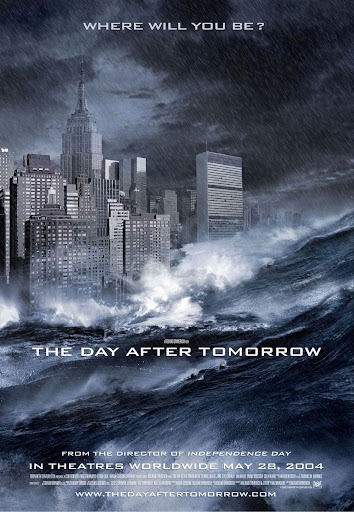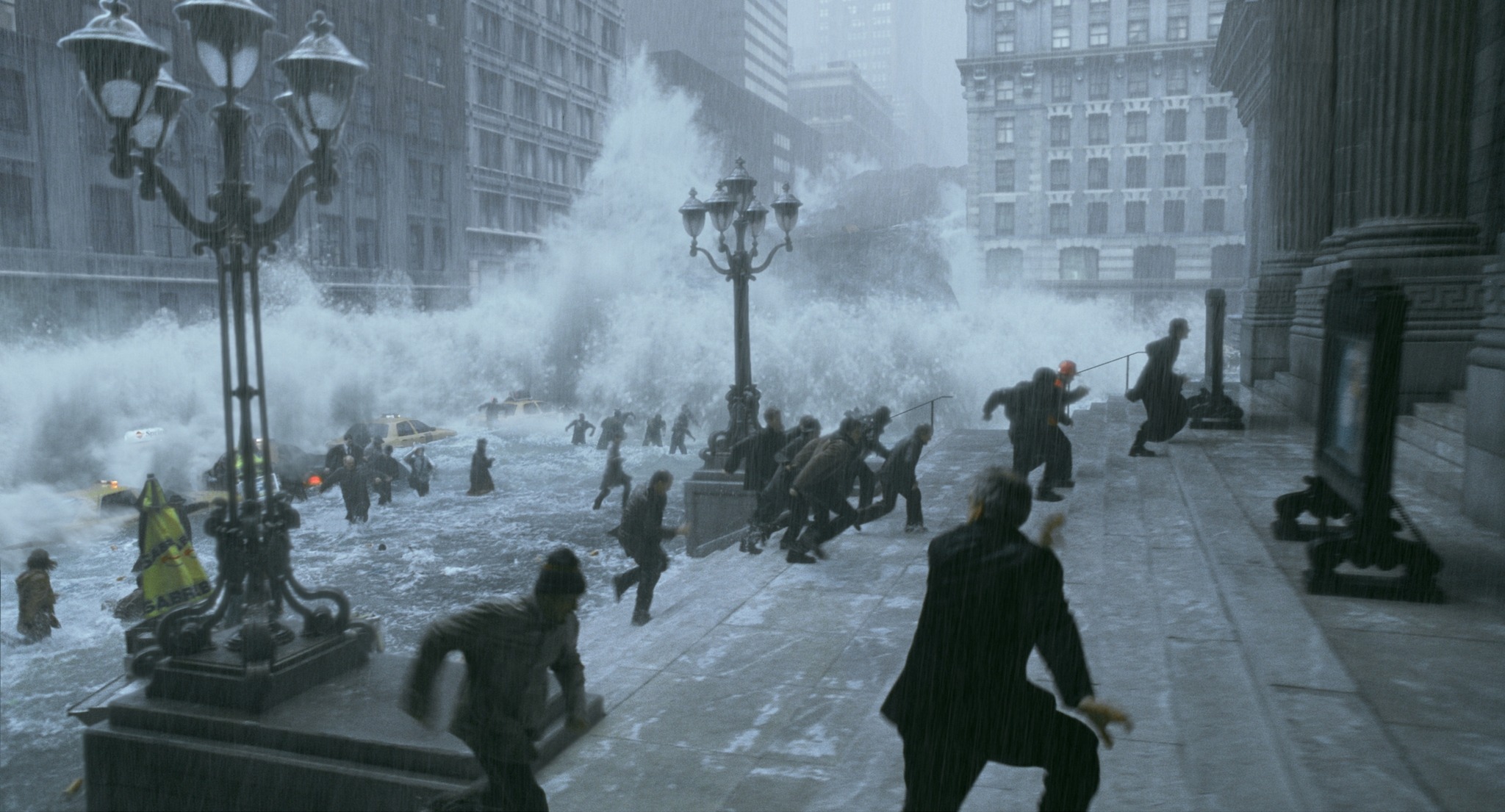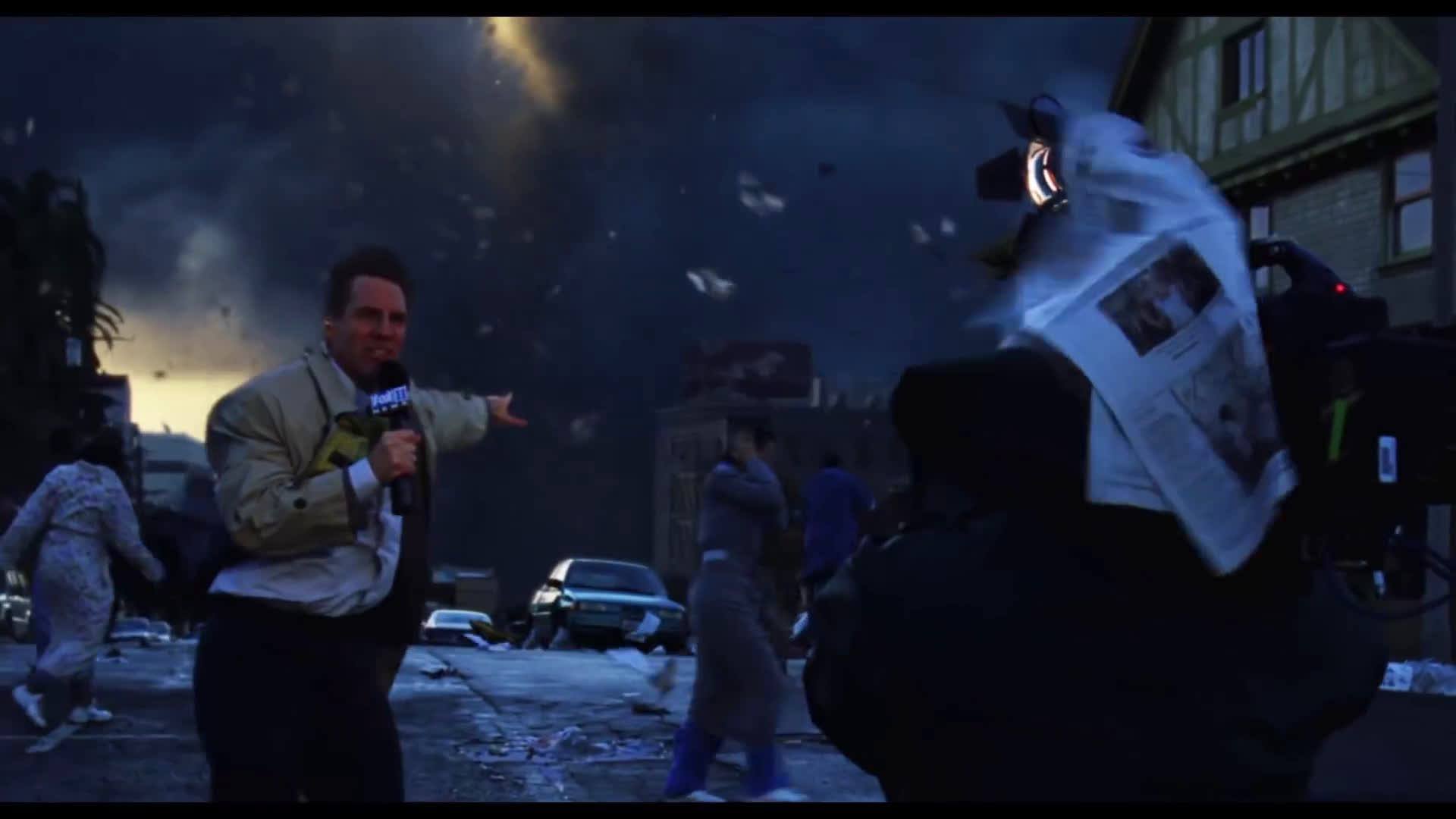The Day After Tomorrow (2004)

“The Day After Tomorrow” is a 2004 science fiction disaster film directed by Roland Emmerich, known for his expertise in the disaster genre. The film stars Dennis Quaid, Jake Gyllenhaal, Ian Holm, Emmy Rossum, and Sela Ward, and it portrays a series of extreme weather events that signal the onset of a new Ice Age.
The story follows Jack Hall (Dennis Quaid), a paleoclimatologist who discovers that climate change is causing the polar ice caps to melt at an alarming rate. His research indicates that this could trigger a catastrophic shift in the global climate. Despite his warnings, world leaders fail to take immediate action.
As Jack’s predictions come true, a series of severe weather phenomena wreaks havoc across the globe. Massive tornadoes tear through Los Angeles, devastating hailstorms hit Tokyo, and a colossal storm surge floods New York City. The Northern Hemisphere begins to freeze over as superstorms draw frigid air down from the upper atmosphere.


Amid the chaos, Jack’s teenage son, Sam (Jake Gyllenhaal), is trapped in New York City with a group of friends, including Laura Chapman (Emmy Rossum). They take refuge in the New York Public Library as the city succumbs to the extreme cold. Jack embarks on a perilous journey from Washington, D.C., to New York to rescue Sam, braving the freezing temperatures and dangerous conditions.
The film combines intense action sequences with a strong environmental message, highlighting the potential consequences of unchecked climate change. It emphasizes the urgency of addressing global warming and the need for international cooperation in the face of environmental crises.


“The Day After Tomorrow” is notable for its impressive special effects, which vividly depict the catastrophic weather events and their impact on cities and landscapes. The film’s dramatic portrayal of climate disaster has sparked conversations about environmental issues and the importance of sustainability.
While the film received mixed reviews from critics, with some praising its visual spectacle and others critiquing its scientific accuracy and character development, it was a commercial success, grossing over $500 million worldwide. Its compelling depiction of a climate apocalypse has left a lasting impression and continues to resonate with audiences concerned about the future of the planet.











